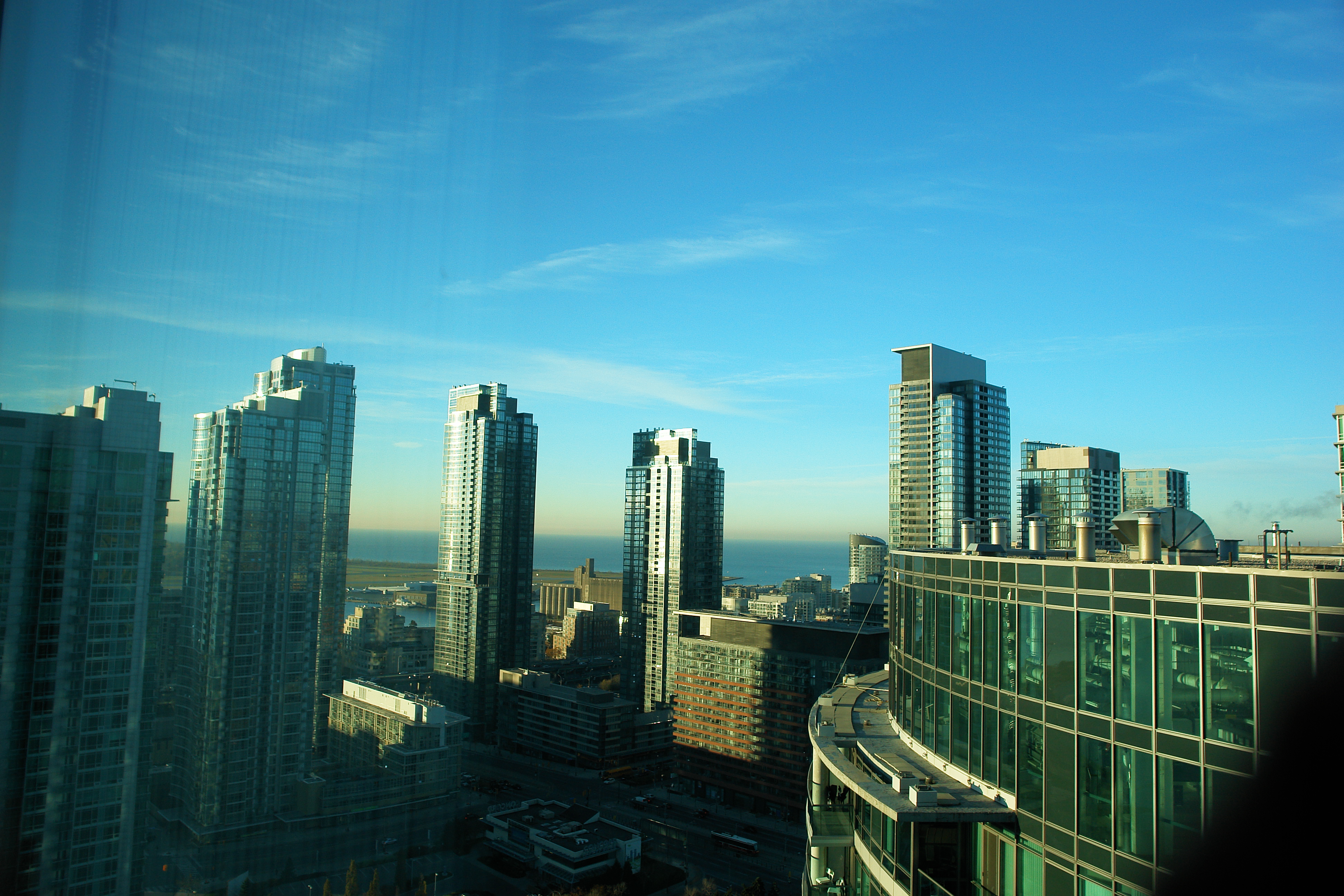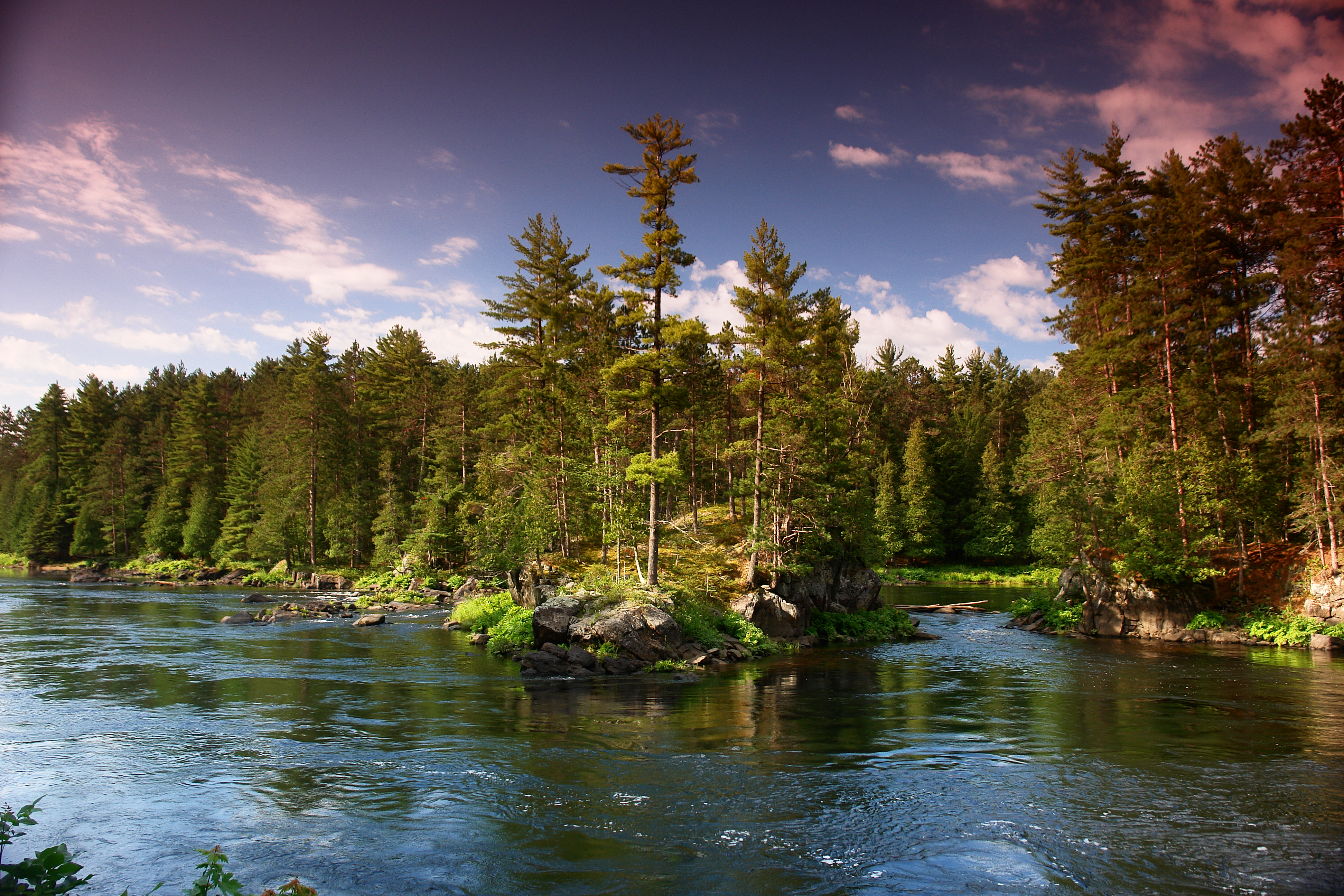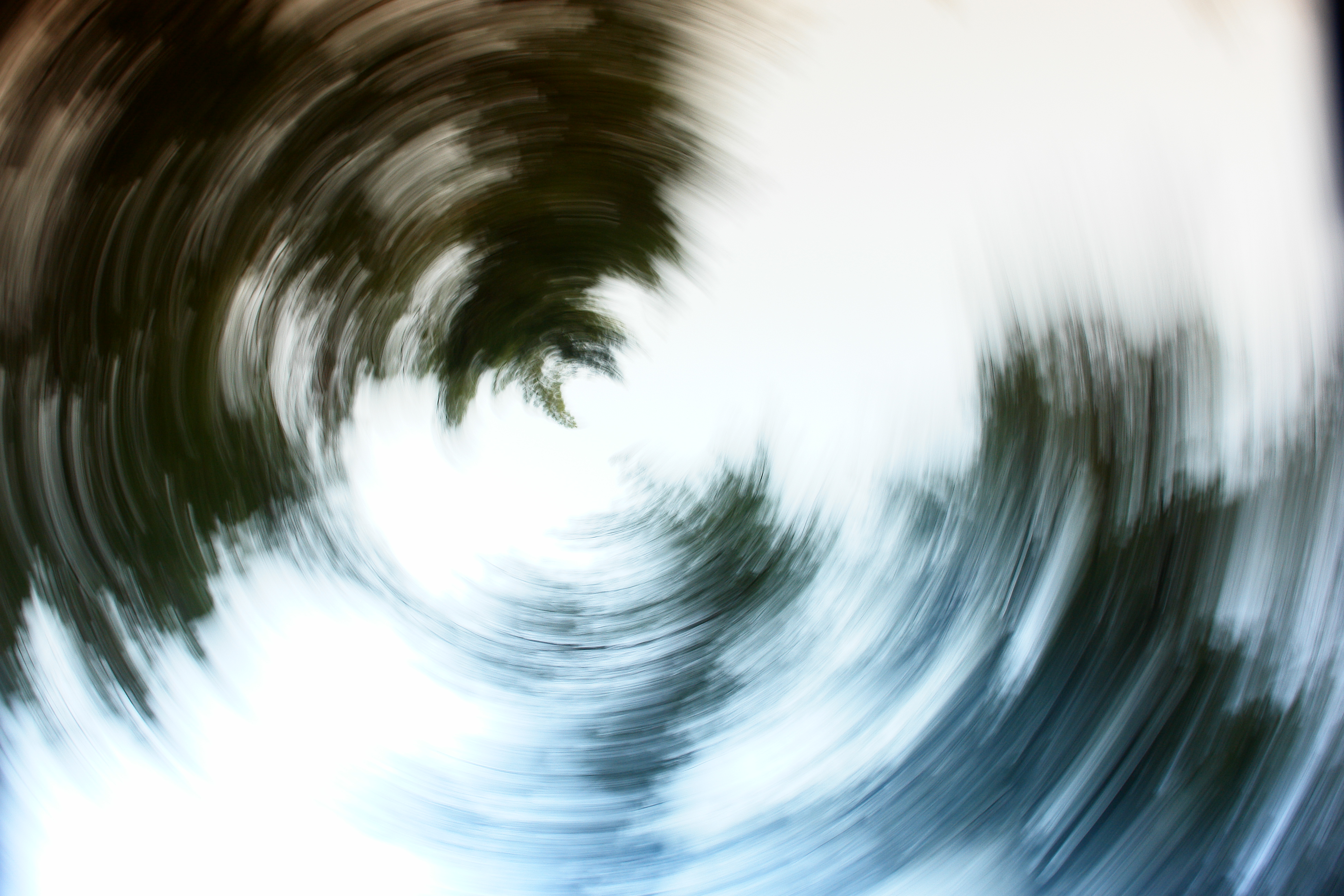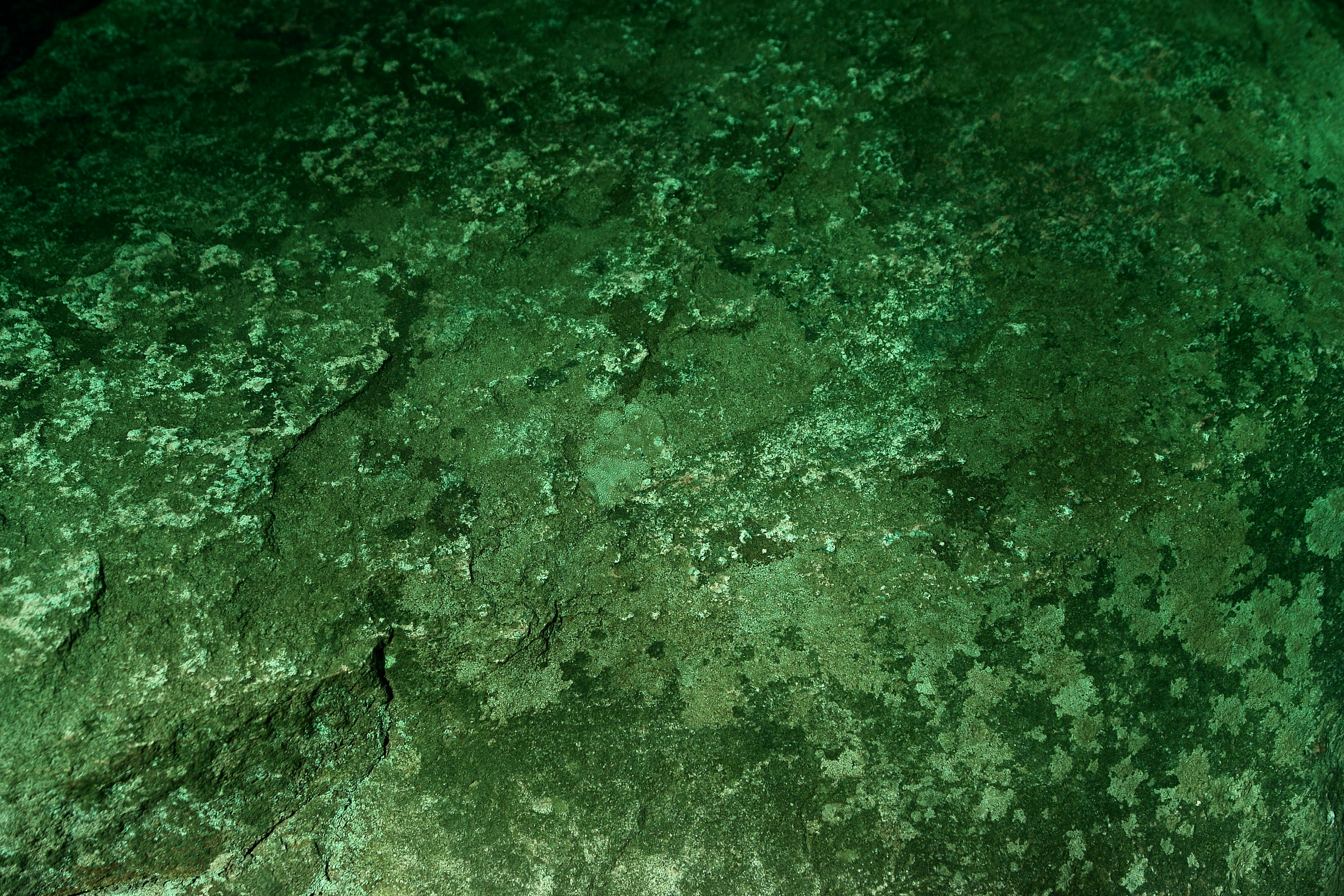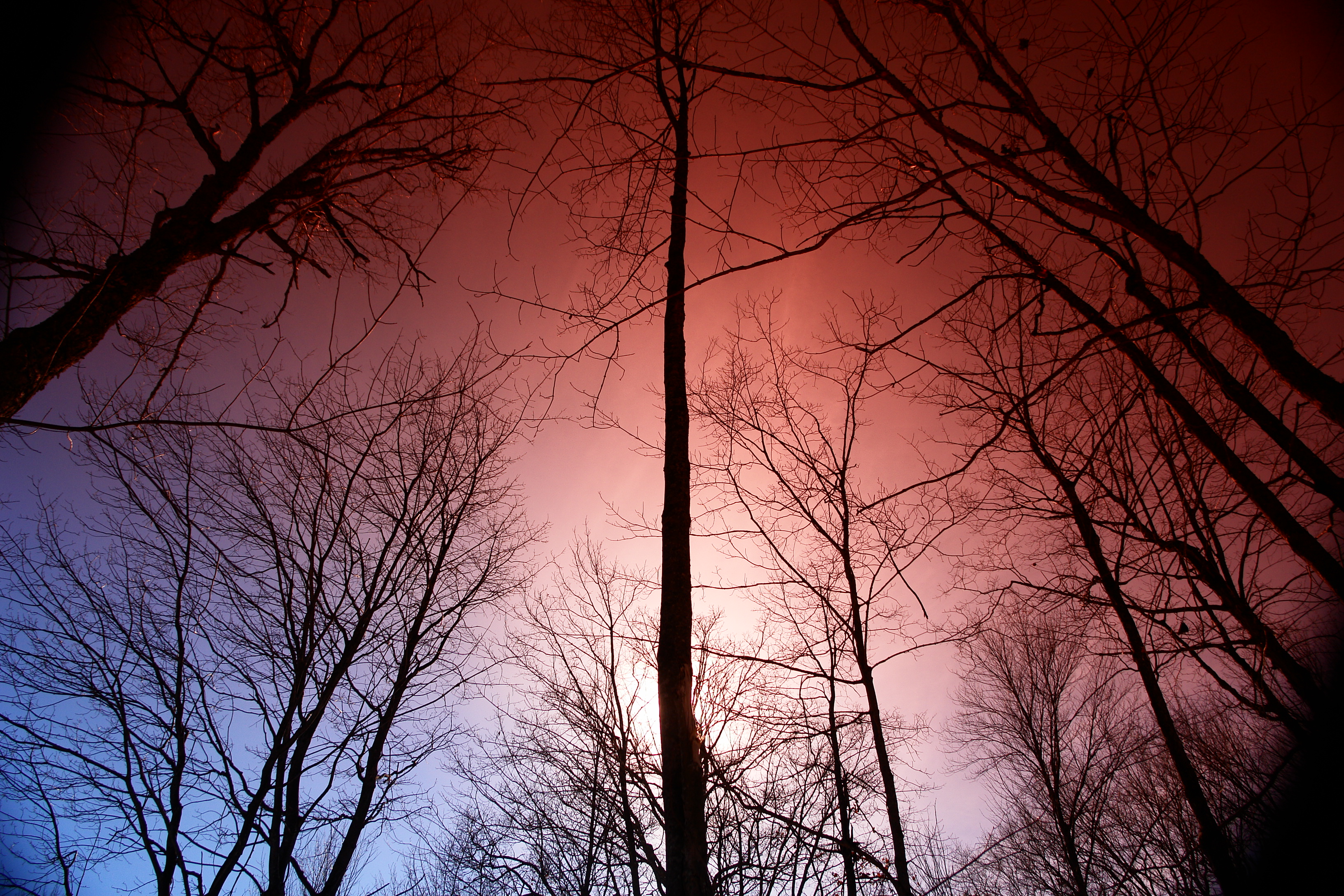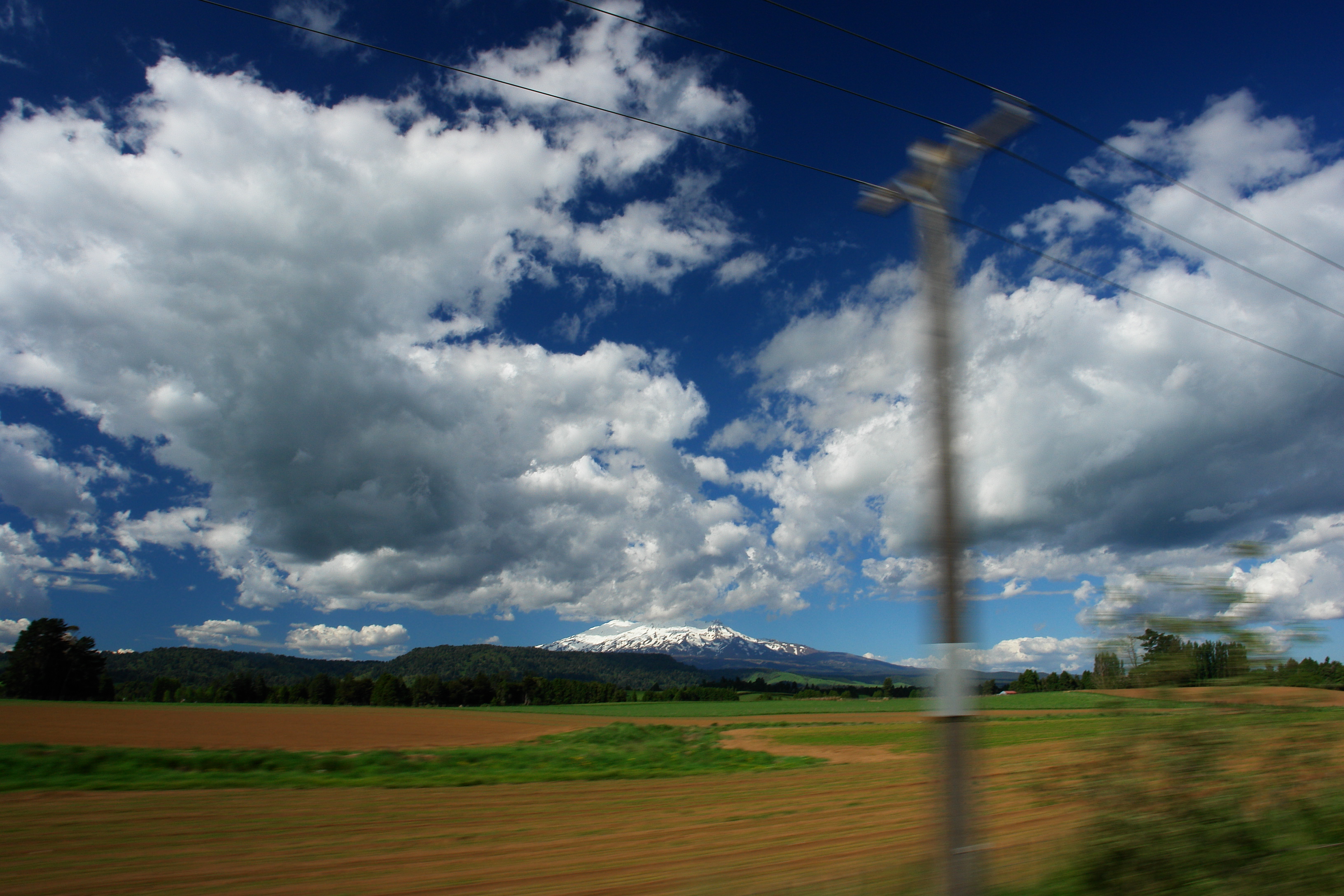
Filter Photography Part 2: So how do they work?
Now that we can all sleep at night knowing we’re not really tampering in any unacceptable way with our photos when we filter them, (well I’m sleeping great, I don’t know about you) we can go ahead and discuss their possibilities unmolested. This will be nowhere near an exhaustive list of possibilities, I’m only going to talk about filters I’m familiar with and use.
UV Filter
The UV filter tends to serve more protective functions than it does aesthetic ones. The lens is the most expensive part of many cameras, and screwing on that extra pane of glass can protect it. A few bucks to replace a scratched UV filter is a lot easier to let go of than hundreds or thousands on a new lens. UV Filters do cut through a certain degree of haze and add some clarity to a shot, but they don’t usually block much more UV than the glass of the lens already does.
Polarizers
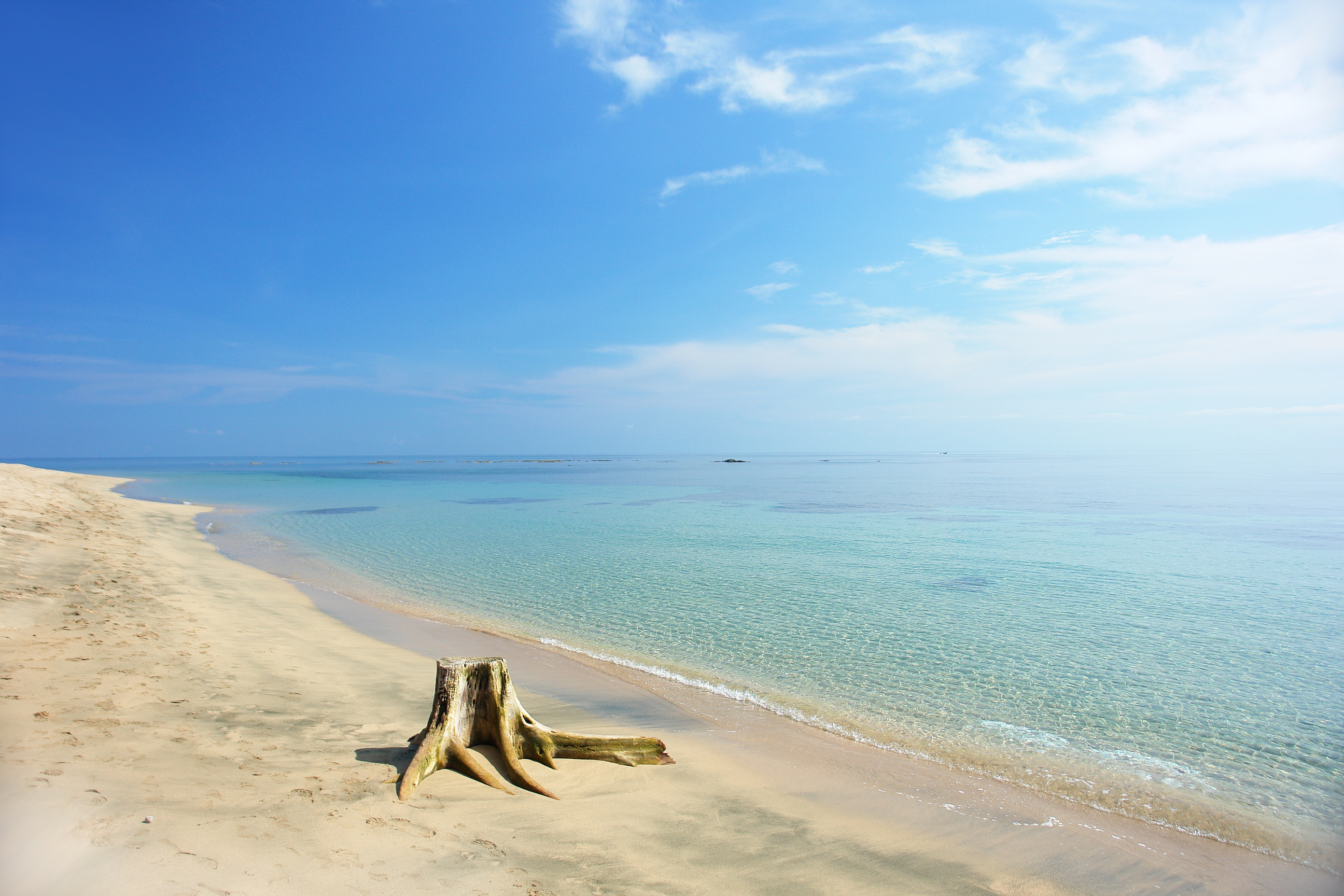
As an outdoor photographer, the filter I use the most by far is a polarizer. When shooting outside during daylight hours outside the golden hour, glare will always be a factor in your pictures, though it may not be significant enough for you to deal with. Circular polarizers eliminate this, and therein lie their properties. Because I don’t want to go into the physics of polarization and light being two perpendicular sinusoidal waves of electricity and magnetism while still exhibiting the particular properties of a photon – are your eyes crossed yet? Yeah because I don’t want to go into the physics of that, I won’t. I’ll just say light from the sun is scattered. Scattered light strains the eyes
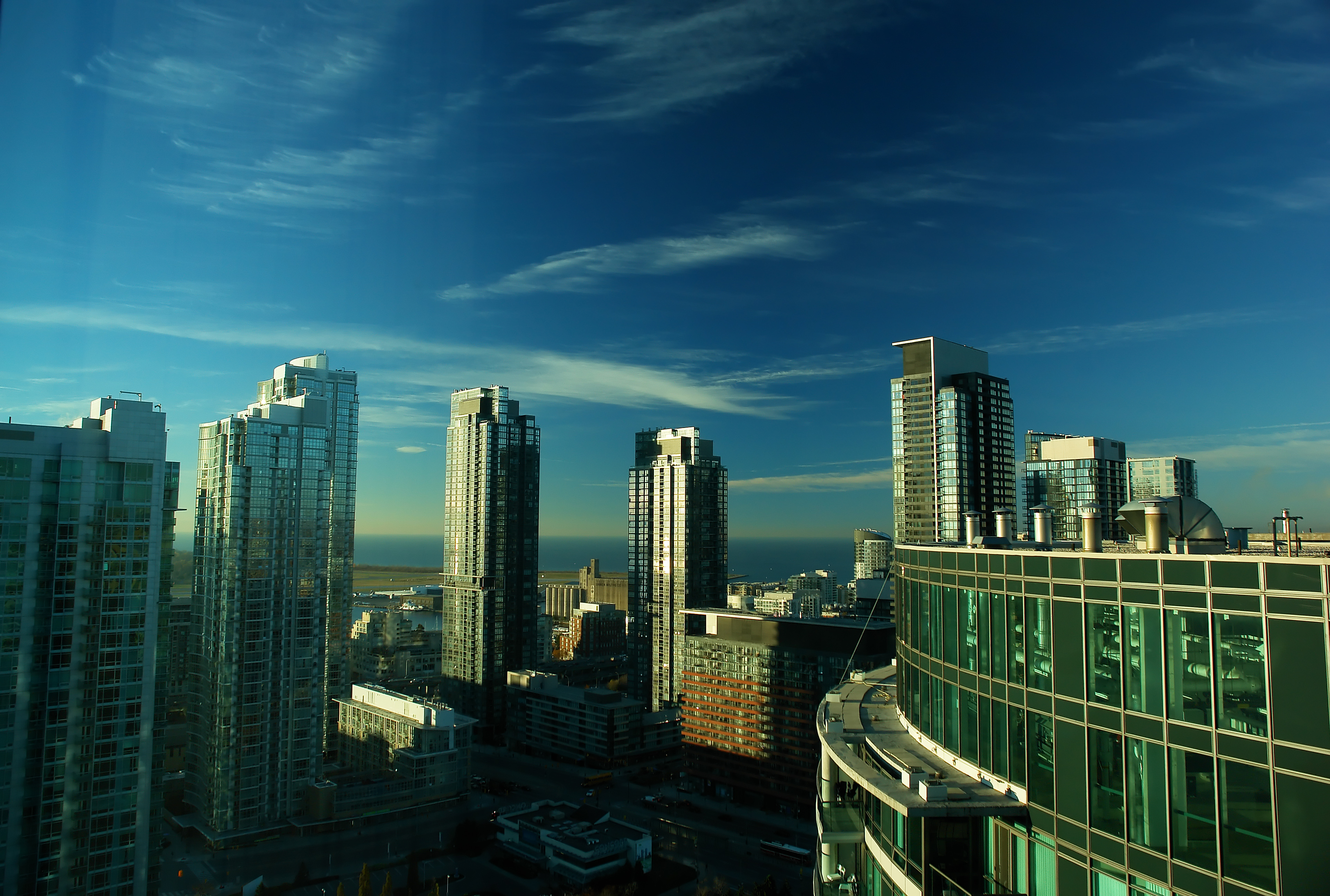
(try on a pair of polarized glasses if you don’t know what I mean) and creates most of the glare we see reflecting off of water, glass, streets, and even foliage like grass and leaves. This is something that isn’t noticeable until you start to play with polarizers and start to know what you’re looking for. See the images here. The sky and even the building surfaces exhibit noticeable glare which is substantially cut when the filter is rotated to delete glare. Shots like the Costa Rican beach above are typical in travel advertisements, where the water is impossibly clear or the sky impossibly blue. Again, the polarizer is at work. The polarized filter also cuts the glare off of leaves and foliage for a dramatic saturation of both fall and summer colours. Interesting other effects I’ve found is the filter’s ability to partially delete, fully delete, or intensify a rainbow. The polarized filter can serve a double function as well, since it will darken an image a few stops. Images can be exposed for longer in the daytime with a polarized filter, allowing easier capture of motion in bright situations. One of the most dramatic effects is the darkening of a blue sky at certain times of day/year. The filter can be rotated to make a north American fall sky look almost black from the right angle, while leaving clouds at their full whiteness. Never shoot outside without a polarized filter in your kit!
Neutral Density Filters
A Neutral Density Filter serves to darken the shot by a predetermined number of f stops. This is useful for getting the frame a little darker than may have been achievable with just the aperture alone. Gradated ND filters are a little more useful (after all your circular polarizer will do the job almost as well as the above). Gradated ND filters will keep half the frame darker and half lighter. Lined up strategically with a horizon, a bright sky can be brought under control while the subtle hues of a grassy foreground can be preserved.
Cokin Filters
For me, this is the bread and butter of my filtered photography. The Cokin system follows an ingenious setup. The previous filter systems I was referring to generally screw onto the threads in front of a lens. If you have a 72 mm lens, then a 72 mm component is what you need. This is still true for the Cokin system. . . to an extent. Cokin filters have several classes of “brackets” and filters that fit into them. One ring screws onto the camera, the inner diameter of which fits the camera, and the outer diameter of which fits one of three brackets, or holders. The holder then holds a standardized group of square filters. They can be paired up, rotated, and rearranged. They come in solid colours, gradated (fading from transparent to one colour) and even in ND and polarized formats. The system is easily adaptable from camera to camera, and employs fairly inexpensive filters once the holder system is purchased. The succeeding shots were all taken with different combinations of filters in different lighting. The effects possible occupy a range much wider than the gamut of filters that produce them. One of the best results I’ve found is the inspiration for new shots that the filters provide. There are many shots I wouldn’t have bothered with if not for the accents/shift of focus brought about by the filtration effect.

